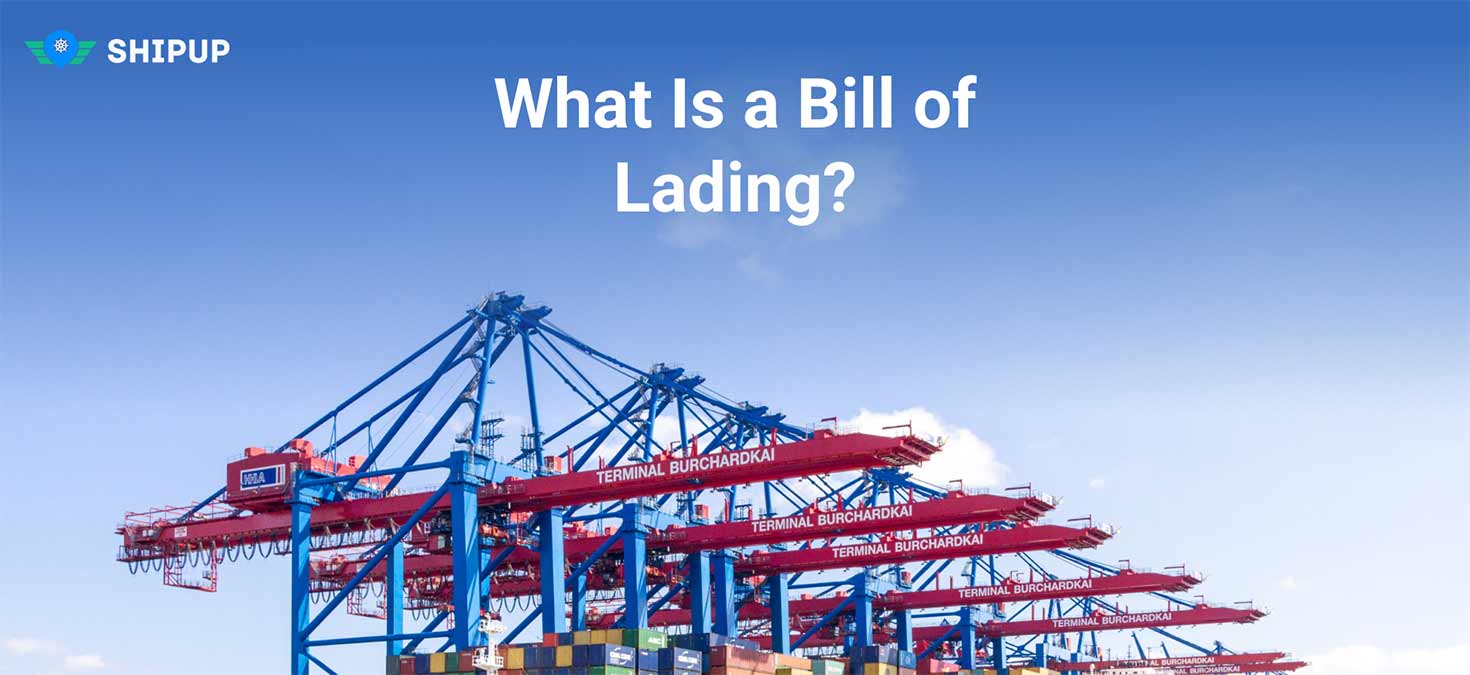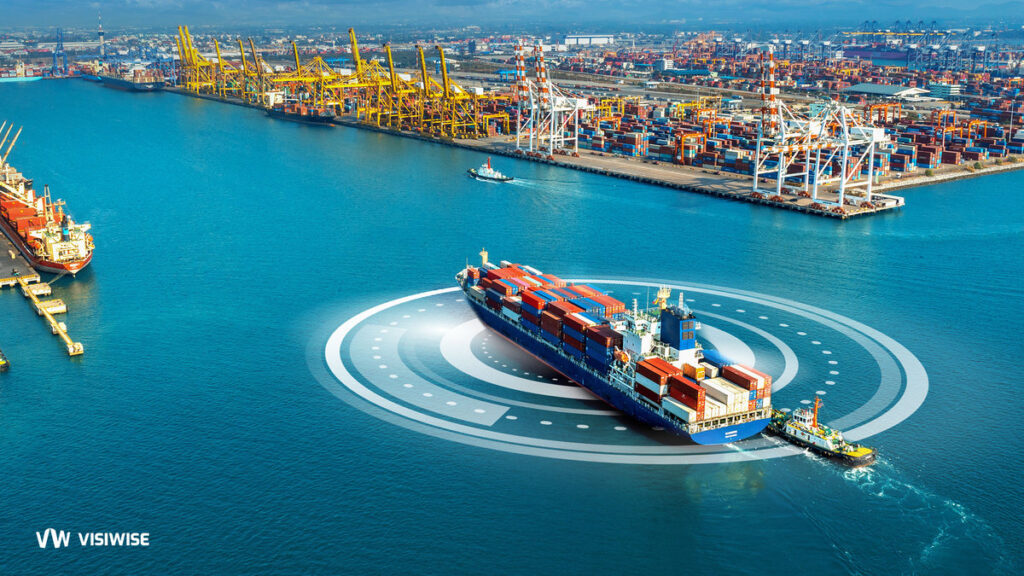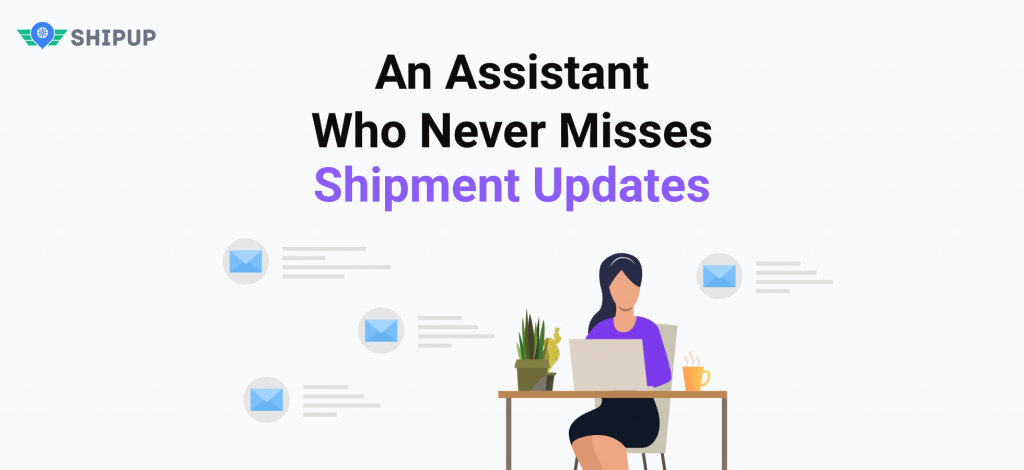What is a bill of lading? A bill of lading is a document that details the goods being transported and the terms of the shipment. It is used as proof of ownership and to show that the carrier has received the goods. The bill of lading also includes information about the shipper, consignee, and other relevant parties. Understanding what is in a bill of lading can help logistics managers make better decisions about their shipments.
What is the main purpose of a bill of lading?
A bill of lading (BL) is a document that proves that goods have been received by the carrier (usually a shipping company). The BL also serves as a receipt for the shipper. This document is important because it protects the interests of both the shipper and the consignee. If there is a problem with the shipment, both parties can use the BL to file a claim.
In addition, the BL can be used as evidence in a court case. For these reasons, it is essential for businesses that ship goods to understand how to properly fill out a BL. We can say that a bill of lading is a piece of evidence for details of a shipment with legal functions.
Who Provides the Bill of Lading?
A bill of lading is a document that lists the goods being shipped, the shipping route, and the terms of the shipment. It is typically issued by the carrier, but in some cases, the shipper may provide the bill of lading.
In either case, the bill of lading serves as a contract between the shipper and the carrier, and it is an essential document for customs clearance. So, if you’re ever wondering who provides the bill of lading, the answer is that it can be either the shipper or the carrier. But in either case, it’s an important document for ensuring a smooth shipment.
What Does a Bill of Lading Include?
The bill of lading is a document that includes the terms and conditions of transport for goods. It typically includes the shipper’s name and address, the consignee’s name and address, a description of the goods being shipped, the transport route, and the bill of lading number.
The bill of lading is important because it serves as a contract between the shipper and the carrier, and it contains important information about the shipment. The bill of lading must be issued by the carrier in order for the shipment to take place, and it must be presented to the consignee upon delivery.
If there is any damage to the goods during transport, the bill of lading can be used as evidence in court. Therefore, it is essential to understand what is included in a bill of lading before shipping goods.
What Are the 3 Functions of a Bill of Lading?
A bill of lading is a document that lists the items being shipped, the origin and destination of the shipment, and the terms of transport. This document serves three primary functions.
First, it provides evidence of the contract between the shipper and the carrier.
Second, it serves as a receipt for the goods being shipped.
Finally, it serves as a title to the goods, meaning that the carrier has possession of the goods and is responsible for delivering them to the consignee. A bill of lading must be signed by an authorized representative of the shipper in order to be valid. This document is an important part of the shipping process, and it is essential for ensuring that all parties involved fulfilling their obligations.
Is the Shipping Bill and Bill of Lading the Same?
Any good shipper knows that the Shipping Bill and Bill of Lading are two completely different documents. A Shipping Bill is used to document the particulars of the shipment, including the origin, destination, and mode of transport. On the other hand, a Bill of Lading is a contract between the shipper and carrier, outlining the shipment’s terms and conditions. So while a Shipping Bill documents the shipment, a Bill of Lading determines how it will be shipped. In other words, one is used for information while the other is used for negotiation. But don’t worry – you’re not alone if you get them mixed up. Sometimes you need a reminder that they’re not the same thing.
Who Must Receive a Copy of a Bill of Lading?
If you’re ever planning on shipping something of value, it’s important to know who must receive a copy of the bill of lading. BOLs are important legal documents that verify the shipment and act as a receipt for the goods that were shipped.
The BOL must be signed by the shipper, and a copy must be given to the carrier, the recipient, and any other parties involved in the shipping process. Without a BOL, it can be difficult to prove that the shipment took place, and you may not be able to collect insurance if something goes wrong. So next time you’re planning on shipping something valuable, make sure you know who must receive a copy of the BOL.
How to Make a Bill of Lading?
A bill of lading is a document that lists the items being shipped, the destination, the sender, and the recipient. It is a legally binding contract between the shipper and the carrier. To make a bill of lading, you will need the following information:
- The name and address of the sender
- The name and address of the recipient
- A description of the items being shipped
- The date of shipment
- The method of shipment
- The bill of lading number
With this information, you can create a bill of lading using a word processing program or a bill of lading template. Once you have created the bill of lading, you will need to sign and date it. Keep in mind that the bill of lading is a legal document, so be sure to include all relevant information and double-check for accuracy before signing.
What Is a Straight Bill of Lading?
A negotiable bill of lading is a bill of lading that can be transferred from one party to another. This type of bill of lading is often used when goods are being shipped on credit. The bill of lading can be transferred to the buyer of the goods once the shipment has been made, and the buyer can then use the bill of lading to take possession of the goods.
A straight bill of lading, on the other hand, cannot be transferred and must be returned to the shipper once the shipment has been made. This type of bill of lading is often used for shipments made on consignment or for shipments that are being made for personal use.
Do I Need a Bill of Lading?
Yes, you do! If you are shipping something, then you need the bill of lading so that you can track your shipment and take possession of the goods inside. Also, in case of insurance or legal conflicts, your bill of lading is what you need.
Does a Bill of Lading Need to Be Signed?
The bill of lading must be signed by an authorized representative of the shipper in order to be valid. This ensures that the shipper agrees with the terms and conditions of the shipment and is aware of any risks involved. If the bill of lading is not signed, it may still be possible to ship the goods, but the shipper will not have any legal protection if something goes wrong. Therefore, it is always best to ensure that the bill of lading is properly signed before sending any goods.
How to Create a Bill of Lading in Excel?
In order to create a bill of lading in Excel, you will need to first create a table to track the information. The table should include the following columns:
Shipment Date, Delivery Date, Carrier Name, Shipping Point, Weight, Freight Charges, Description of Goods, Packages, Shipper’s Signature, and Consignee’s Signature.
Once you have created the table, you will need to enter the shipment information into the appropriate cells. After all of the information has been entered, you will need to save the file as a PDF. Then, you can print out the bill of lading and attach it to the shipment.
How to Get a Bill of Lading Online
There are a few ways that you can get a bill of lading online. It is possible to request one from the carrier or freight company you use, or you can fill out a template online.
If you’re requesting a bill of lading from the carrier, you’ll need to provide them with some basic information about your shipments, such as the origin and destination, the type of goods being shipped, and the estimated value of the shipment. The carrier will then generate a bill of lading and send it to you.
If you’re filling out a bill of lading template yourself, you’ll need to include the same information that you would if you were requesting one from the carrier. In addition, you’ll need to include the names and addresses of the shipper and consignee, as well as a description of the goods being shipped. Once you have all of this information, you can then fill out the template and print it out.
Is a Waybill the Same as a Bill of Lading?
There are a few key differences between a waybill and a bill of lading. A waybill is a non-binding document that simply states that the carrier will transport the goods for the shipper. A bill of lading, on the other hand, is a binding legal document that stipulates the terms and conditions of the transportation.
What Is a Bill of Lading Number
The bill of lading number is a unique identifier assigned to a bill of lading. This number is used to track and trace the shipment. For example, if you want to track your shipments and see the most accurate information about their voyage, you can use your Bill of Lading Number on Visiwise Dashboard and track your containers easily.
What is the Master Bill of Lading
The Master Bill of Lading is a legal document that gives the carrier the authority to transport the goods. It also shows the shipper, consignee, and notify party information. The MBL is also used as a contract between the shipper and the carrier.
Note that MBL is different from the House Bill of Lading (HBL). MBL is a contract of carriage between the shipper and carrier, while HBL is a contract of sale between the shipper and consignee. If you want to learn more about the differences, read about HBL vs. MBL.
What Is NMFC on Bill of Lading
The National Motor Freight Classification (NMFC) is a standard that provides guidance to motor carriers and shippers when classifying commodities for the purpose of providing shipping rates.
In order for a commodity to be given an NMFC code, it must first be classified into one of 18 commodity classes. The commodity classes are based on the transportation characteristics of the commodities and range from Class 50 (the least expensive to ship) to Class 500 (the most expensive to ship).
Once a commodity has been assigned to a class, it is then given an NMFC code.
Track Your Shipments with Bill of Lading Number
Visiwise Dashboard is a solution for those who need efficiency in their supply chain management. You can easily track your shipments using the bill of lading number and container number.
Enter the BL number and select the shipping line you are working with. Click on “Track Shipment” and you will see all the containers of your bill of lading in your Shipment List. We highly recommend you have look around the platform and discover other features of Visiwise.


